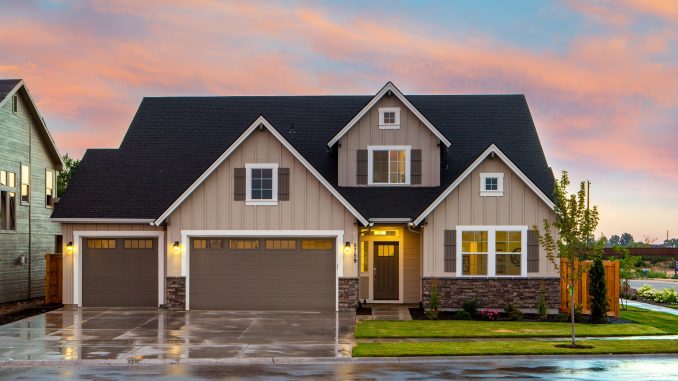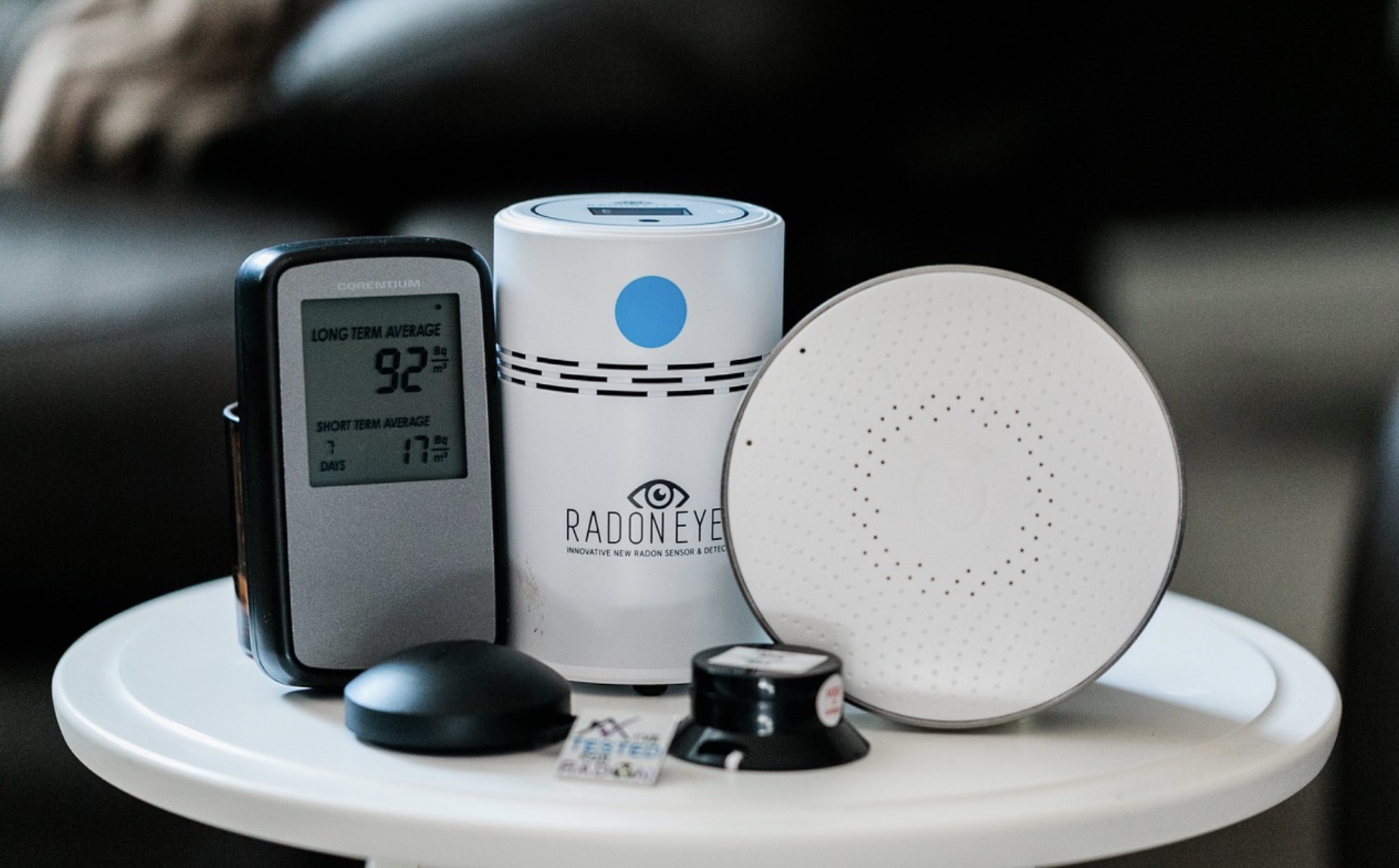
What is radon?
Is radon gas dangerous?
If an individual inhales radon gas, it moves directly into their lungs and exposes them to a small amount of radiation. The radiation damages the lung’s linings” and later on leads to high chances of an individual getting lung cancer as a result of radon in their homes.
Radon testing in Denmark

Over the past years, the demand for radon measurement in Denmark has grown and increased substantially. Previously, this demand growth was based the majority of times on measurements in private homes. There is a strong need for radon measurements coming from municipalities that require take measures both in public establishments and schools. Denmark’s country has thrived on having a ”greener” element featured in the government’s legislation. Thus, there has been an increase in dialogue on radon exposure’s negative impact, which causes a higher demand for radon measurements.
See why a good idea to measure radon when buying a new home
Based on a US Environmental Protection Agency (EPA) study, over 21 000 people die from lung cancer every year due to radiation exposure in their houses. Therefore, Radon is a leading cause of lung cancer today among individuals who are not active smokers.
The study claims that most Danish households have no radon measurements. Multiple large organizations, authorities, and the SBI (Building Research Institute) are highly focused on conducting radon-related issues as it becomes more prioritized countrywide. Results show that Denmark will have more frequent radon measurements in the future. This creates the requirement for a qualified partner that can offer quick and high-quality radon analysis. Radon measurement demand and market have become international.
Because Radon cannot be smelled or seen, you can only know if you are exposed to the gas using radon testing kits. Testing for Radon in your Danish homes can be both easy and inexpensive. Test for Radon by hiring a professional tester, or you can do it on your own by buying radon testing kits you have purchased online or over the counter at a hardware store.
Visit Radonova.dk for more information about radon.
You will need to follow the guidelines on the radon testing kit, where by you will need to leave the testing kit in your home for a certain number of days, then send it to the closest lab and be patient for the results to come in.
If your house has high levels of Radon, you can follow simple steps to reduce them. The standard way to lower radon levels is by installing a fan and vent pipe system. They will work by pulling Radon from under the house and directing it outside the home.
Radon can also get to your house from your water supply, although it does not pose a high risk from the soil. Those with private wells should get them tested for Radon, and if it has high levels, you can treat the water supply to remove radon components. This will reduce the chances of Radon entering your home and minimize the risks of individuals facing health risks like terminal lung cancer.
More resources
Sundhedsstyrelsen
Be the first to comment